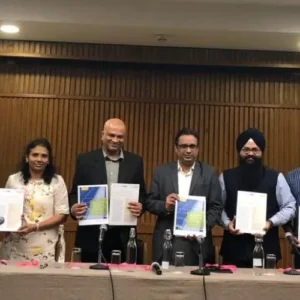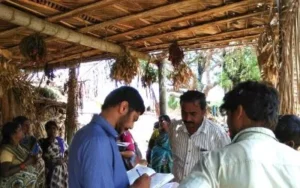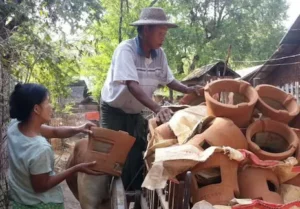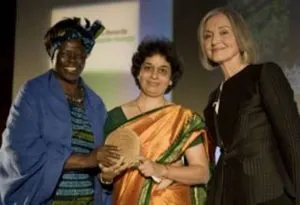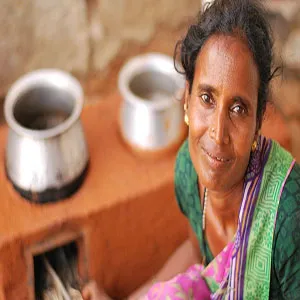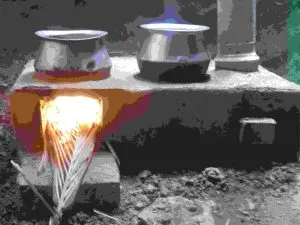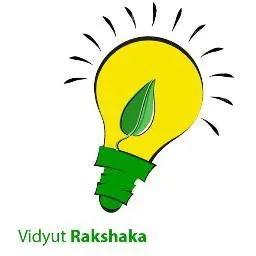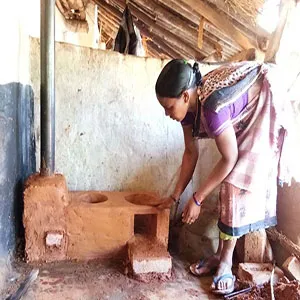Archive
Assessing Clean Energy Opportunities Through Demand Aggregation in Bengaluru’s Apartment Buildings
India has ambitious renewable energy targets, a portion of which must be met through rooftop solar in residential buildings. Major Indian cities are seeing a trend towards gated apartment buildings (or apartment complexes). In these buildings, apartment residents share common areas that provide communal amenities. As such, the energy used in common areas is the aggregate use from all residents for the services. This working paper co-authored by WRI India and TIDE describes the findings from examining demand aggregation potential in ten apartment complexes in Bengaluru. We define demand aggregation as the act of grouping together multiple residents in an apartment complex as a single consumer of the services provided in a common area. The study found that there was significant potential to save energy in common services in apartment buildings and use solar energy to meet most needs. Apartment Owners Associations (AOAs) that manage common services can be the anchors for implementing these clean energy measures in apartment complexes.
Village Development
TIDE has been running smokeless village program in remote villages of Karnataka. Through a CSR partnership with FANUC India, TIDE had provided Sarala stoves and initiated a women’s livelihood program through stove building in the remote village of Goddadahatti in Kondli Gram Panchayat, in Gubbi Taluk.
TIDE CEO’s Case Study On Women Stove Builders In Myanmar
When the lights went off: Insights on lighting loads and need for ground-level data in residential sector.
Case Study On TIDE And Its Stove When It Won the Ashden Award 2008
In South India approximately eight million people work in small and tiny businesses where wood and other biomass is the source of process heat. Extensive use of fuelwood has contributed to deforestation, a serious problem in the ecologically sensitive Western Ghats. TIDE’s 2008 Ashden Energy Champion Award recognised its significant achievement in commercialising affordable wood-saving stoves for the often-neglected small business sector.
A Study On Acceptability & Utility Of Sarala Stove
The Census of India (2011) estimates that about 668 million people depend on traditional biomass and traditional cookstoves for cooking. Research indicates that the energy poor are also income poor. A World Bank study suggests that in rural India 57% of the households are energy poor vs. 22% that are income poor.
TIDE In MNRE-UNDP Case Study
In southern India, an estimated eight million people are employed in small and tiny businesses. This includes food processing and preparation, textiles,ayurvedic medicines, and brick-making, to name a few. Extrapolating from a recent market survey, there would be about 8,00,000 small commercial kitchens in south India alone.
VidyutRakshaka Improved Devices And Lessons For Dissemination
Much of the expected benefits from demand side energy efficiency interventions are determined by end-user behaviour. Yet, the behaviour dimension of energy use and consequently the actual impact of efficiency programs is least understood globally.
Improved Devices And Lessons For Dissemination
Primary focus on short term local issues because if local needs (convenience, speed, safety health, affordability) are not completely addressed, global issues will not be addressed.

